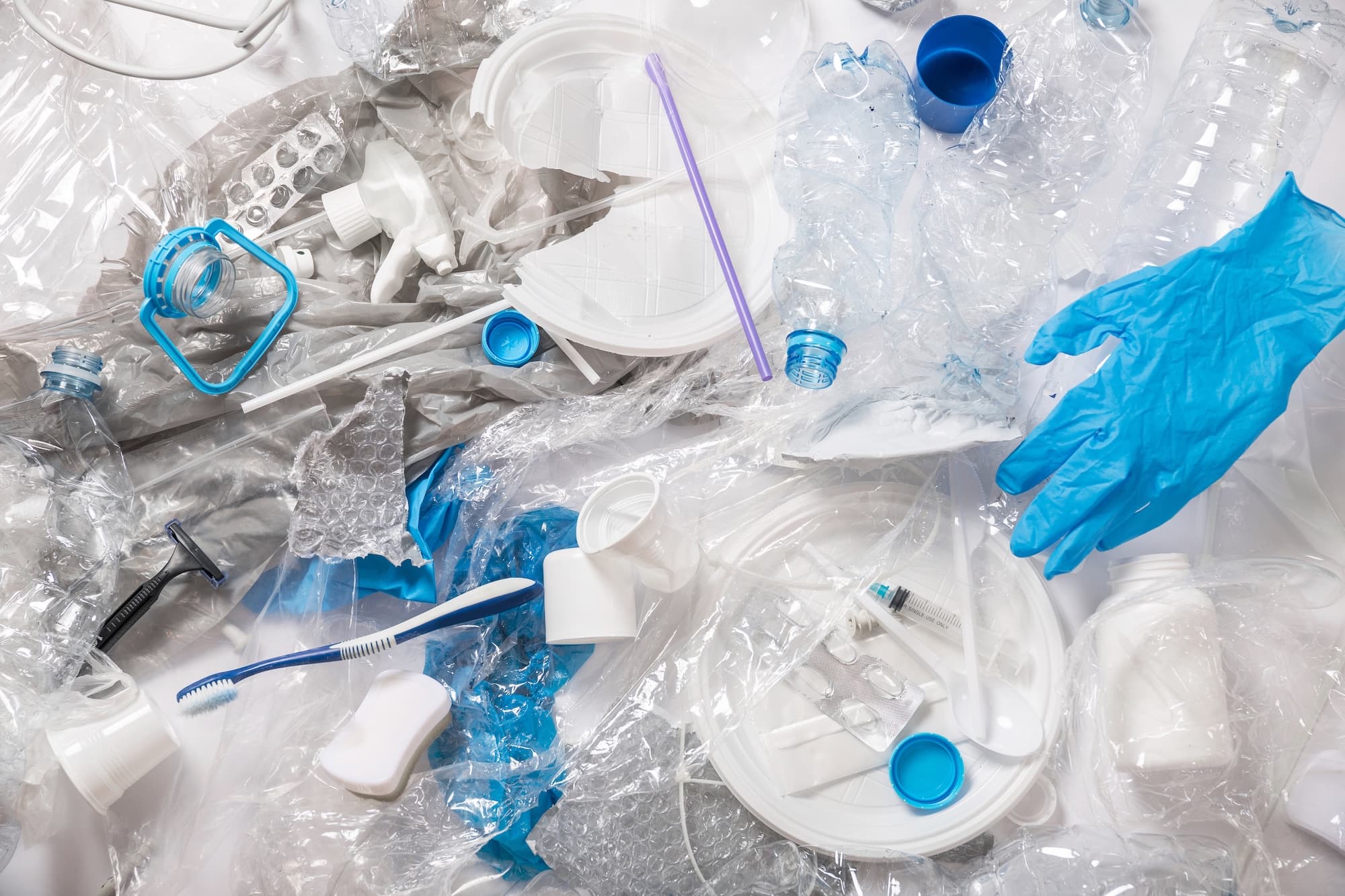

Biodegradable polymers are a type of bioplastic that can break down naturally over time through microbial action. These polymers are designed to reduce the environmental impact of plastic waste, offering a more sustainable alternative to conventional plastics that can take hundreds of years to degrade.
Biodegradable polymers are often classified into two main categories: those derived from renewable resources (bio-based) and those that are derived from non-renewable sources (fossil-based). The key feature of biodegradable polymers is their ability to break down in natural environments, such as soil or compost, within a relatively short period, unlike traditional plastics that persist in the environment for decades or longer (Singh & Sharma, 2008).
One of the most notable advantages of biodegradable polymers is their ability to reduce pollution. Traditional plastics contribute significantly to marine debris, posing a threat to wildlife and ecosystems. By contrast, biodegradable polymers can decompose into non-toxic substances when exposed to natural microorganisms (Lunt, 1998). This means they do not contribute to long-lasting pollution, offering a cleaner, greener alternative for packaging, agricultural films, and medical products.
Common examples of bio-based and biodegradable polymers include polylactic acid (PLA), polyhydroxyalkanoates (PHA), and starch-based plastics. PLA is one of the most widely used biodegradable plastics, derived from fermented plant starch, and is commonly used in food packaging, single-use plastics, and medical applications (Reddy et al., 2013). PHA, produced by bacteria, is another example of a bio-based biodegradable polymer used in various applications, including biomedical devices, packaging, and agricultural films (Chavarria et al., 2015).
Despite their environmental benefits, bio-based biodegradable polymers are not without challenges. The cost of production can be higher than traditional plastics, and the conditions necessary for full biodegradation (such as temperature, moisture, and microbial presence) are not always met in natural environments, which may limit their effectiveness in some settings (Shah et al., 2020).
In conclusion, bio-based biodegradable polymers offer a sustainable solution to the growing problem of plastic pollution. They are a vital step toward reducing our reliance on petroleum-based plastics and protecting the environment for future generations. However, ongoing research and development are necessary to make these polymers more cost-effective and adaptable to a wider range of applications.
